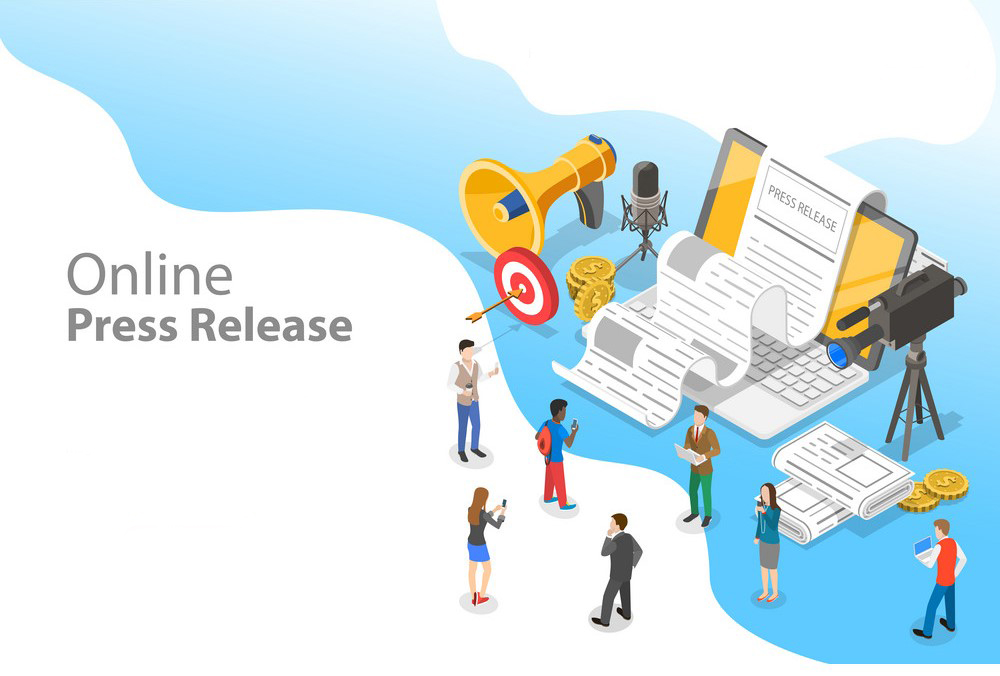Understanding your target audience is pivotal for any successful branding strategy. One of the most effective ways to achieve this understanding is through the creation of accurate buyer personas. These detailed profiles of your ideal customers help guide your marketing strategies and ensure that your messaging resonates with the right people. Here’s how you can define accurate buyer personas for strategic branding.
Understanding Buyer Personas
Buyer personas are semi-fictional representations of your ideal customers based on real data and market research. They provide a detailed look at who your customers are, including their demographics, behaviors, goals, and challenges. By defining these personas, you can tailor your branding efforts to meet the specific needs and preferences of your target audience, leading to more effective and personalized marketing strategies.
Collecting Relevant Data
The foundation of creating accurate buyer personas is gathering relevant data. This data can come from various sources, including:
Customer Surveys: Conduct surveys to gather insights directly from your existing customers. Ask questions about their demographics, purchasing behaviors, and pain points.
Interviews: Engage in one-on-one interviews with customers to gain deeper insights into their motivations and challenges.
Sales and Support Teams: Your sales and support teams interact closely with customers and can provide valuable information about common customer questions, concerns, and feedback.
Website Analytics: Analyze data from your website to understand visitor behavior, such as the pages they visit, the time they spend on each page, and their navigation paths.
Social Media Insights: Review social media interactions to see what topics resonate with your audience and how they engage with your brand.
Identifying Key Demographics
Once you have collected data, start identifying key demographics that define your target audience. This includes:
Age: Determine the age range of your ideal customers.
Gender: Understand the gender distribution within your target audience.
Location: Identify where your customers are located geographically.
Occupation and Income: Assess the typical job roles and income levels of your audience.
Understanding Behavioral Traits
In addition to demographics, understanding behavioral traits is crucial. This includes:
Buying Behavior: Analyze how often customers make purchases and what factors influence their buying decisions.
Product Preferences: Identify which products or services are most popular among your audience.
Brand Loyalty: Evaluate the level of brand loyalty within your customer base and the factors that contribute to it.
Defining Goals and Challenges
To create more targeted buyer personas, define the goals and challenges that your ideal customers face. This involves:
Goals: Understand what your customers are trying to achieve. This could include personal or professional goals, such as increasing efficiency, achieving career growth, or improving their quality of life.
Challenges: Identify the obstacles your customers encounter that prevent them from reaching their goals. These challenges can range from lack of resources to limited knowledge or skills.
Creating Persona Profiles
With the data collected and analyzed, you can now create detailed persona profiles. Each profile should include:
Name: Give each persona a name to make them feel more real and relatable.
Demographic Information: Include age, gender, location, occupation, and income level.
Behavioral Traits: Describe their buying behavior, product preferences, and brand loyalty.
Goals and Challenges: Clearly outline their primary goals and the challenges they face.
Quotes and Insights: Add direct quotes from your research to capture the voice and perspective of your personas.
Using Personas for Strategic Branding
Once you have developed your buyer personas, use them to inform your branding strategy. This involves:
Tailoring Messaging: Craft your marketing messages to address the specific needs, goals, and challenges of each persona. Ensure your messaging resonates with them and speaks directly to their concerns.
Segmenting Marketing Efforts: Use personas to segment your marketing efforts and deliver targeted content and offers. This can include personalized email campaigns, social media posts, and content marketing strategies.
Designing User Experiences: Customize the user experience on your website and other digital platforms based on persona preferences. This includes adjusting website design, content layout, and navigation to align with persona needs.
Testing and Refining Personas
Creating buyer personas is not a one-time task. Continuously test and refine your personas based on new data and insights. Monitor how well your personas align with actual customer behavior and adjust as needed. This iterative process ensures that your personas remain accurate and relevant.
Integrating Personas into Your Brand Strategy
For a comprehensive brand strategy, integrate your buyer personas into all aspects of your branding efforts. This includes:
Brand Positioning: Use personas to define your brand’s position in the market and how it differentiates from competitors.
Content Creation: Develop content that speaks to the interests and needs of your personas, positioning your brand as a solution to their problems.
Product Development: Use persona insights to guide product development and ensure that your offerings meet the demands of your target audience.
Measuring Persona Effectiveness
To gauge the effectiveness of your buyer personas, measure the impact they have on your marketing and branding efforts. Track key performance indicators such as engagement rates, conversion rates, and customer satisfaction. Use this data to assess whether your personas are helping you achieve your branding goals and make adjustments as necessary.
Frequently Asked Questions (FAQ)
What is a buyer persona?
A buyer persona is a semi-fictional representation of your ideal customer, created based on real data and market research. It includes details about their demographics, behaviors, goals, and challenges.
How do I collect data for creating buyer personas?
Data can be collected through customer surveys, interviews, insights from sales and support teams, website analytics, and social media interactions.
Why are buyer personas important for branding?
Buyer personas help tailor your branding and marketing efforts to the specific needs and preferences of your target audience, leading to more effective and personalized strategies.
How often should I update my buyer personas?
Buyer personas should be regularly reviewed and updated based on new data and insights to ensure they remain accurate and relevant.
Can buyer personas be used for both B2B and B2C marketing?
Yes, buyer personas can be used for both B2B (business-to-business) and B2C (business-to-consumer) marketing to tailor strategies to the needs of different customer segments.
What are some common mistakes to avoid when creating buyer personas?
Common mistakes include relying on assumptions rather than data, creating too many personas, and failing to update personas based on new information.
By defining accurate buyer personas, you can enhance your strategic branding efforts and create more meaningful connections with your target audience. Implementing these personas effectively will lead to improved marketing outcomes and a stronger brand presence.
Get in Touch
Website – https://www.webinfomatrix.com
Mobile - +91 9212306116
Whatsapp – https://call.whatsapp.com/voice/9rqVJyqSNMhpdFkKPZGYKj
Skype – shalabh.mishra
Telegram – shalabhmishra
Email - info@webinfomatrix.com















